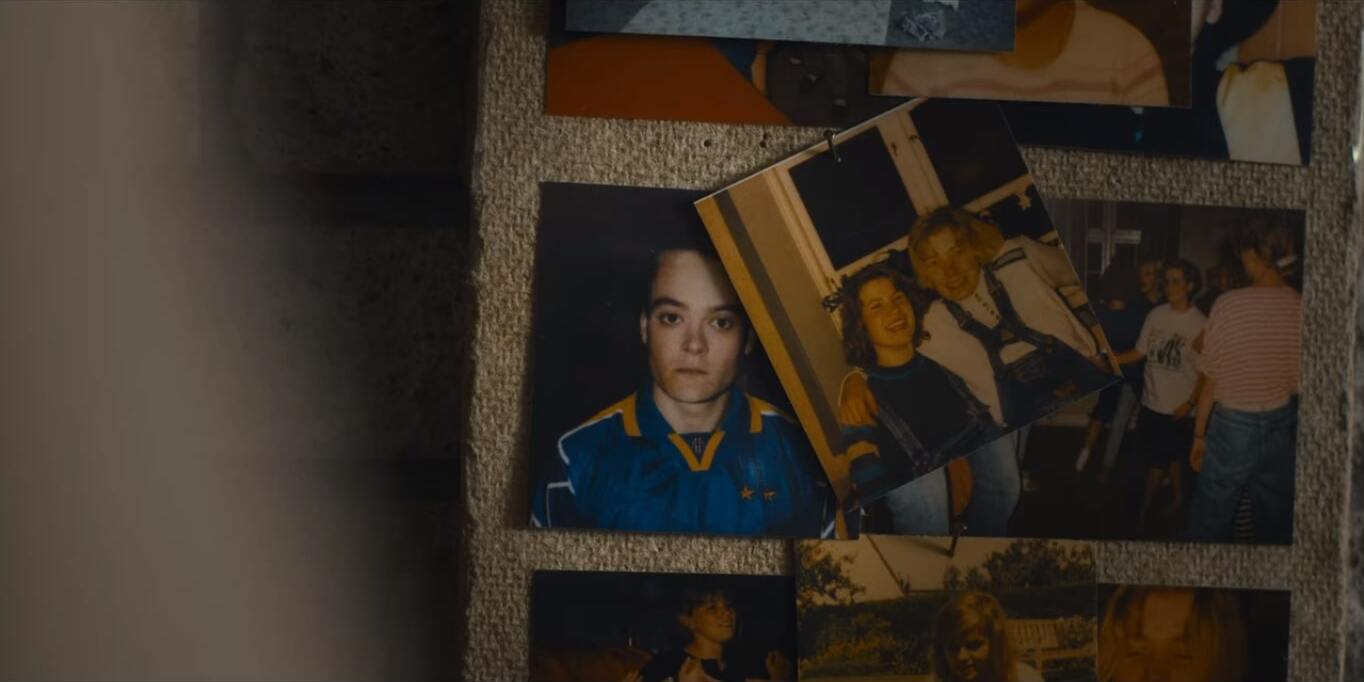The Danish original noir thriller ‘The Chestnut Man’ (Original title: ‘Kastanjemannen’) plunges the audience into a cerebral and enthralling serial killer mystery, and it wastes absolutely no time doing so. Director Kasper Barfoed and Mikkel Serup bring the story to life with guided camerawork and a poignant score. The intricate tale follows homicide detectives Thulin and Hess, who team up to decode the sinister mystery behind the eponymous chestnut killer.
In another strand that directly links to the murders, the Minister of Social Affairs, Rosa Hartung, and her husband Steen look for closure regarding the tragedy of their daughter, who is presumed dead after a year of disappearance. Serial killer mysteries are often ripped directly from the newspaper headlines, and you may seek to know whether there is a grain of truth in the Netflix series. If you are asking around about the story’s credibility, let us put your doubts to rest, once and for all.
Is The Chestnut Man Based on A True Story?
No, ‘The Chestnut Man’ is not based on a true story. Søren Sveistrup created the series with Dorte Warnøe Høgh and David Sandreuter (amongst others), and while doing so, he built the material from his own novel. Acclaimed creator of ‘Forbrydelsen’ and co-writer of ‘The Snowman,’ Sveistrup is not a new name in the world of film and television. He is known to work with interlinked themes of children and politics, and he reiterated the framework in bringing this chilling murder mystery to life.

Although the story looks highly realistic due to the superior value of production, it seems that the writer was moved by another case that inspired the morbid tale. A local scandal erupted in the Danish community, which shed some light on the woes of foster children due to the apparent neglect of authorities. He read the news of the scandal in the papers before driving to receive his son from his preschool. At the school, he was graced with the spectacle of children making these tiny stickman figurines with chestnuts, which hit harder with them singing the creepy song about letting the chestnut man enter the house.
He had the idea of the story in the momentous epiphany and started developing it rightly after. However, he revealed in an interview with a Swedish website that he was going through a trying time due to burnout and depression and thus did not want to write another screenplay. Therefore, he devised the story in the novel form. The author admitted that the character of cranky detective Mark Hess is based on his cynicism about life. However, he amusingly acknowledged that the nature of Naia Thulin is also based on his own unpretentious and robust attitude to life — yin and yang both exist within the authorial presence, it seems.
The story is not based on a serial killer with a penchant for oppressive parents, after all. However, the story being false does not mar the excellence of the drama; the discovery instead elevates it. The audience does not believe the story to be a lie for a single moment, and the intricacy of the mystery makes it all the more plausible. The directors paint the tale with a cold Nordic noir ambiance, which adds to the chilling implications of the story. Adding the local folk practice of making chestnut figurines into the mystery makes it more geo-specific, while the noir wash gives it an international outlook. Considering these aspects, the story may not be tethered to reality, but it does not fail to hook the audiences from the very first moments.
Read More: The Chestnut Man Ending, Explained


You must be logged in to post a comment.